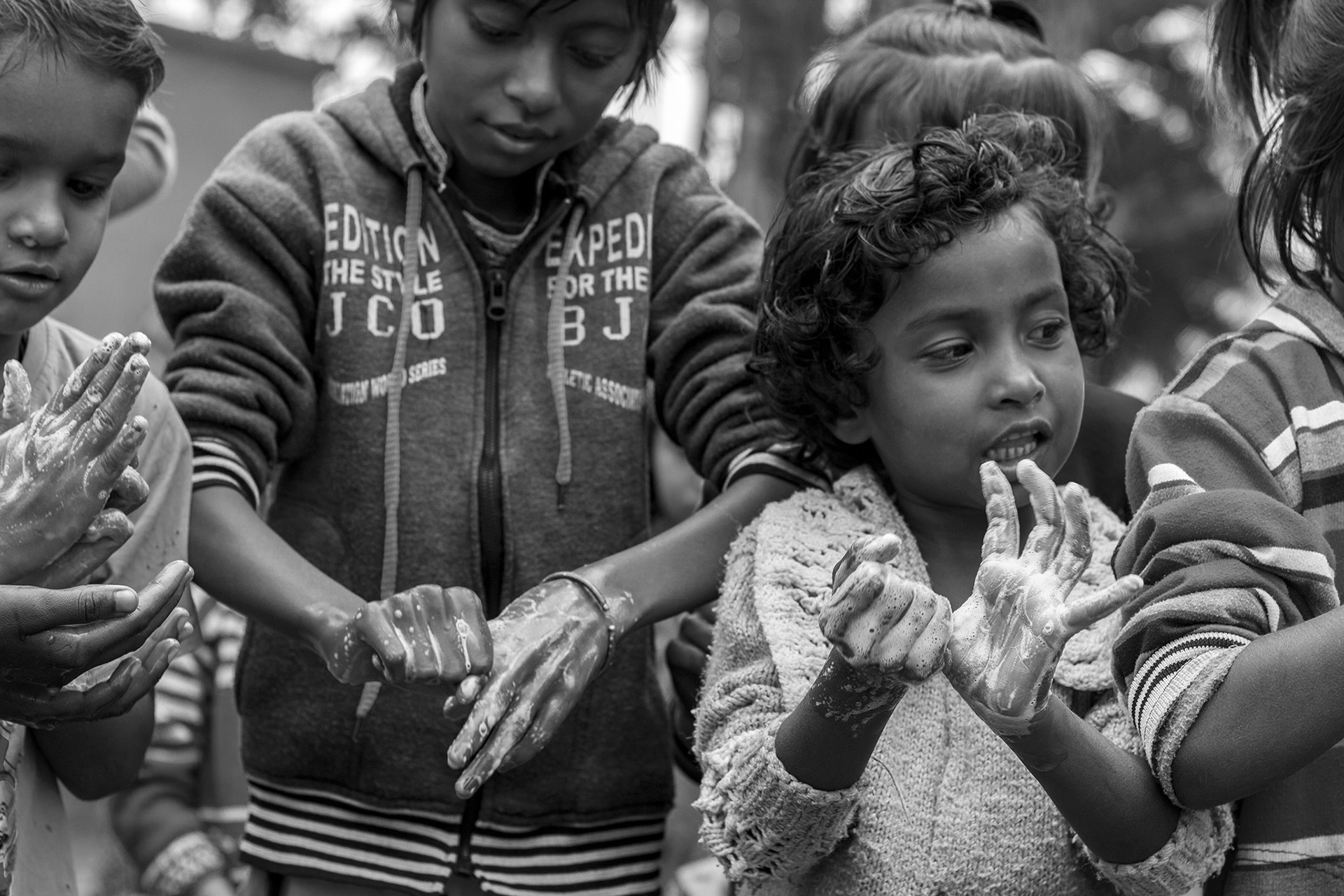
Global Societal Trends Exacerbating Disinformation
While the advent of social media has accelerated the spread of disinformation, tech platforms are not its sole driver.
Researchers W. Lance Bennett of the University of Washington and Steven Livingston of George Washington University explore how global societal trends, including polarization, a loss of trust in institutions, media distribution and other factors, have led to the current wave of disinformation in the public sphere. According to Bennett and Livingston, “The breakdown of authority in democratic institutions, combined with the growth of alternative information channels producing popular political mythologies, is mobilizing many citizens to join the upsurge in support for movements and parties outside the centre, particularly on the right. As these radical right movements reject the core institutions of press and politics, along with the authorities who speak through them, there is a growing demand for alternative information and leadership that explains how things got so out of order. There is no shortage in the supply of such information.”
Following the work of Bennett and Livingston, researchers Humprecht, Esser, and Aelstrecent highlight five key risk factors which determine a society’s resilience or susceptibility to disinformation. These factors include:
1. High levels of societal polarization. Researchers from the Free University of Amsterdam have shown that high levels of political extremism are associated with a belief in conspiracy theories. Further, extremists’ tendency toward simple solutions to political problems, such as violence, results from pathologies designed to confuse people about the cause, implication, and solution to complex real-world problems. InterAction’s Together Project (described on page xx) has confronted societal polarization in its work, bringing CSOs together around common solutions.
2. Low levels of trust in news media also contribute to high susceptibility to disinformation. As Humprecht says, “in environments in which distrust in news media is higher, people are less likely to be exposed to a variety of sources of political information and to critically evaluate [them].” Further, “research has shown that in countries with wide-reaching public service media, citizens’ knowledge about public affairs is higher compared to countries with marginalized public service media. Therefore, it can be assumed that environments with weak public broadcasting services are less resilient to online disinformation.”
3. Societies with highly distributed media landscapes are more likely to offer more entry points to disinformation narratives than countries with more concentrated media markets. Concentrated media markets, particularly ones dominated by public broadcasting services, are more adept at re-enforcing true narratives over disinformation due to the time-tested reputation of those services.
4. Large media markets create perverse economic incentives for the spread of disinformation and fake news, which utilize shocking and often unbelievable headlines to garner clicks and generate revenue for propagators. According to the Global Disinformation Index, “We are attracted to ‘drama’ even more than pictures of cute kittens. In an internet world, attention is finite and the demands on it are infinite. This means that only the content which calls loudest will get our attention. In the case of YouTube’s content moderation, critics have claimed that their formula is ‘outrage equals attention’ in order to increase engagement and ad revenues.”
5. A high rate of social media use is an important indicator of susceptibility to disinformation, given the ease and efficiency with which a disinformation purveyors can build networks and distribute content via social media. As Humprecht says, “a media diet mainly consisting of news from social media limits political learning and leads to less knowledge of public affairs compared to other media sources.”
This research analyzed wealthy countries, but by no coincidence, the same dynamics are present in many of the developing and crisis-affected countries where InterAction Member NGOs and international civil society organizations operate; where democracy has long been in retreat and civil space is actively closing. In these country contexts, state repression, corruption, and weak institutions are on the rise as part of a global trend of rising illiberalism, enabled in part by the growing adoption of mobile data, smartphones, and social media tools, which accelerate disinformation and distrust.